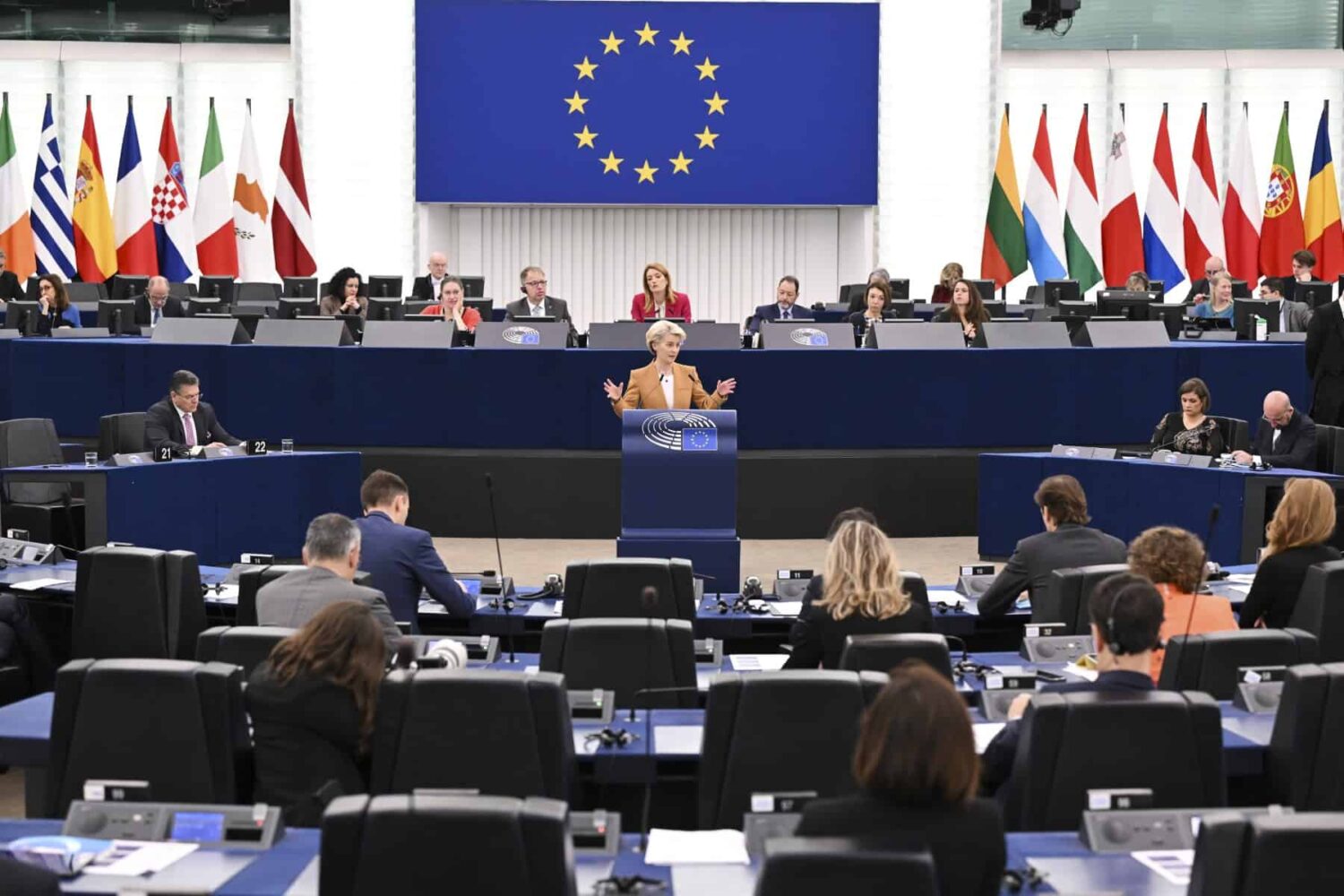BRUSSELS, BELGIUM – The EU trade in goods registered a large deficit of US$469 billion (€432 billion) in 2022, reaching its lowest level since the start of the time series in 2002.
The deficit was due, in particular, to a steep rise in the value of energy imports, which started towards the end of 2021 and continued through most of 2022, according to Eurostat.
Also in 2022, driven by increasing prices, non-EU imports (+41 percent) and exports (+18 percent) reached their highest year-on-year growth rates recorded over the last 10 years.
Data show that the bloc’s internal market takes center stage in EU countries’ trade. Though the proportion of intra-EU and non-EU trade varied considerably, reflecting, to some degree, historical ties and geographical location.
Among the EU members, the highest share of intra-EU imports was recorded in Luxembourg (90 percent of its total imports), while the highest share for intra-EU exports was recorded in Czechia (82 percent of its total exports).
On the other hand, the lowest share of intra-EU imports was recorded in Ireland (35 percent of its total imports), which is mainly because its primary trade partner is the United Kingdom.
Additionally, the lowest share of intra-EU exports was reported in Cyprus (26 percent of its total exports).
In 2022, the Netherlands imported a large share of goods from non-EU countries (only 39 percent of its imports were intra-EU) while exports were within the EU (71 percent of its exports were intra-EU).








